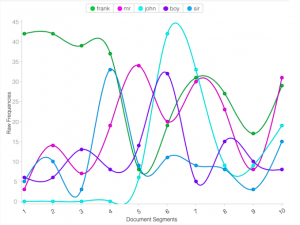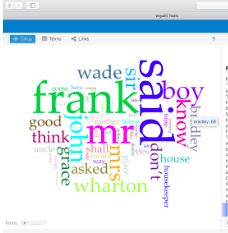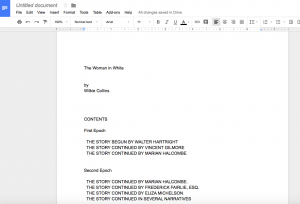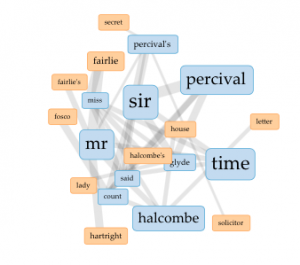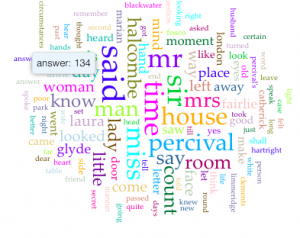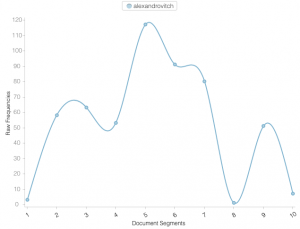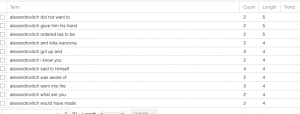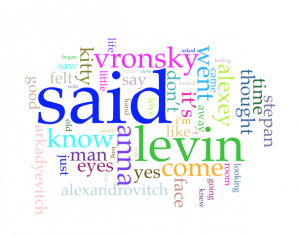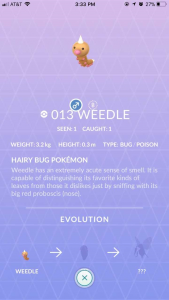
My experience with Pokémon Go was pretty funny. I decided to play it this weekend, while I was helping out at a Cortland Nites event. So I was in Corey Function room, picking up stuffing off the floor from Build-a-bear workshop, when I downloaded the app. After not having played the app for at least a year, I was delighted to see it remembered my login and hadn’t deleted my information. I was still a level 16 Pokémon trainer with my lovable side-kick, Nippers.
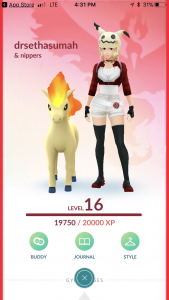
Okay, yes, my name is Dr. Seth Asumah. He’s the best professor ever, so he inspired me. Anyway, from there, I began the hunt. I flipped my camera to augmented reality and started looking for clues. Once a Pokémon was nearby, leaves appeared along the floor to guide me to them. My first victim, I mean catch, was this Jiggly Puff.
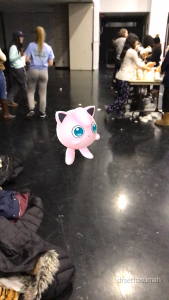
It honestly took me six or seven pokéball throws to even catch this sucker, and I already have six Jiggly Puffs, but I wanted to see if this one had a higher CP level. It did not and I had wasted about a quarter of my pokéball stash. But I moved on, trying to make the best of the game.

A wild Crabby appeared! This Pokémon only took me three tries to get and his CP level was considerably higher than my own Crabby who’s aptly named “Mr. Krabs.” I turned around, reeling from this win, to find someone waiting for me.
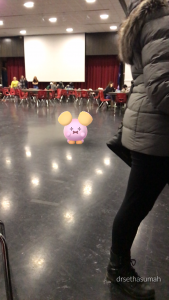
I had to look this one up, since I don’t know all the Pokémon names, and this is a Whismur. He was my last catch of the day and I really had to chase him down, pushing past angry people trying to stuff their teddy bears.
Ultimately, playing this game again brought back the initial excitement it gave me when it first came out and I actually might just start playing it again. Also, actually playing this game in “augmented reality” was really interesting. The mode brings you into the video game and makes it real, making it seem as if there are real life stakes even, all while tricking you into exercising. I could see this game being brought into a middle school gym class and used to encourage the kids to run around. The app could even be used for marathons and encourage more young people to participate in them to raise money for different causes.
-Sarah DeLena

